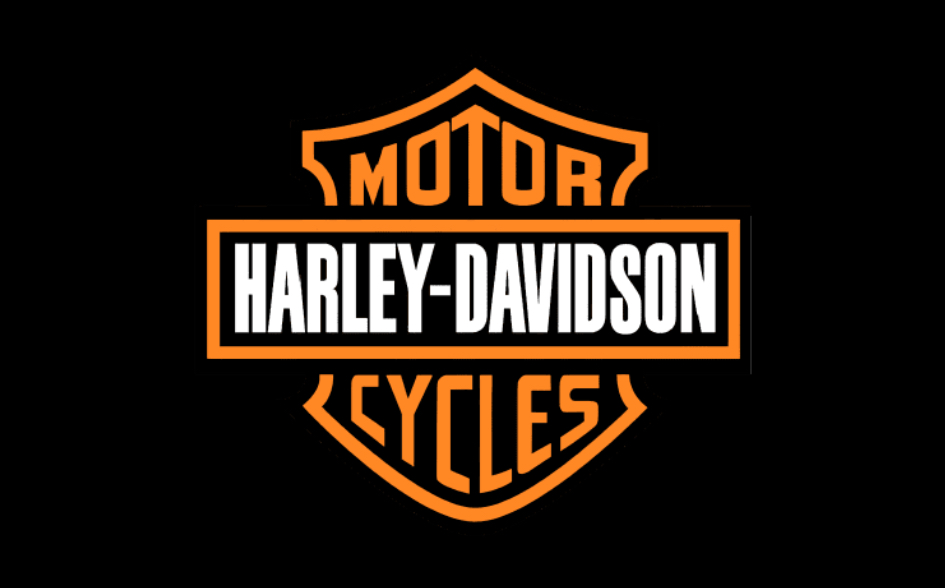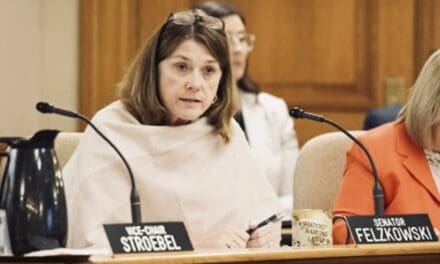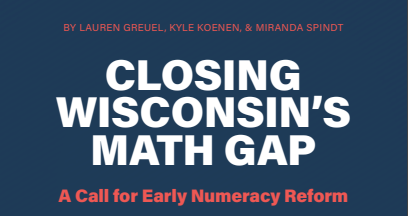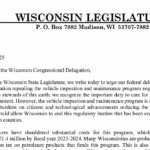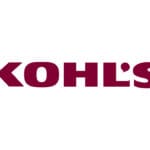Will a New CEO Reverse Harley’s Misfortunes?
Harley-Davidson, the Milwaukee-based motorcycle giant, is grappling with a persistent sales decline and operational downsizing, casting uncertainty over its future . The company, a Wisconsin institution since 1903, confirmed Tuesday that CEO Jochen Zeitz will retire in 2025, triggering a search for new leadership to navigate these turbulent times.
Recent financial reports paint a grim picture. In its latest annual filing for 2024, released in February 2025, Harley-Davidson reported a 60% drop in motorcycle revenue for the year, with fourth-quarter sales plummeting by $365 million compared to 2023. Worldwide retail sales of Harley motorcycles fell 15% in that quarter alone, with North America seeing a 13% decline, translating to just 15,100 units sold. For the full year, global sales were down 7%, and North American sales dipped 4% to 102,000 units. This follows a decade-long trend of shrinking sales, with unit sales worldwide dropping significantly since 2014, when the company sold 270,000 motorcycles compared to roughly half that in recent years.
Critics have pointed to Jochen Zeitz’s limited presence in Milwaukee as a sore spot during his tenure, arguing it distanced him from Harley-Davidson’s heartland and its workforce. Unlike predecessors who were fixtures at the Juneau Avenue headquarters, Zeitz, a German executive with a global resume, reportedly spent much of his time working remotely or from other locations, including during the pandemic when he assumed the CEO role in 2020. This absence fueled perceptions that he lacked a visceral connection to the company’s Wisconsin roots, where 2,200 employees toil and the brand’s identity was forged. Some local stakeholders and union voices grumbled that his jet-setting style—tied to his prior role at Puma and his sustainability ventures—hindered his ability to grasp the gritty realities of a Milwaukee-based manufacturer, contributing to decisions like the diversity rollback and premium-bike focus that alienated longtime riders. As Harley-Davidson searches for his successor, many in Milwaukee hope for a leader who will plant boots firmly on Wisconsin soil.
The sales slump has hit Harley-Davidson’s dealership network hard. In 2024, reports surfaced of widespread closures, with a 17% year-over-year sales decline contributing to the shuttering of numerous U.S. locations. Industry observers note that high interest rates and economic instability have curbed demand for discretionary purchases like motorcycles, particularly Harley’s pricier models. The company’s shift under Zeitz to focus on high-margin bikes—reducing options for affordable entry-level riders—has further alienated some of its traditional customer base, exacerbating the downturn.
Harley-Davidson’s electric motorcycle spinoff, LiveWire, has stumbled badly, racking up losses that underscore a broader drift from the company’s Milwaukee Iron image—a gritty, gas-fueled legacy tied to thundering V-twin engines. In 2024, LiveWire slashed its sales forecast from 1,000-1,500 units to 600-1,000 after moving just 374 bikes through three quarters, deepening a financial hole that saw its stock plummet 70% since its 2022 debut as a standalone public entity. Critics argue this push into electric bikes, championed by CEO Jochen Zeitz, strayed too far from Harley’s core identity, alienating riders who cherish the roar and rumble of traditional hogs. Adding fuel to the fire, Harley-Davidson revamped its iconic bar-and-shield logo in 2023 for new branding, swapping the rugged, black and orange shield design for a sleek, futuristic look that some Milwaukee loyalists decried as a betrayal of the company’s blue-collar, Wisconsin-bred heritage. As losses mount and LiveWire shrinks—cutting 30% of its workforce in 2024—the experiment has left many questioning whether Harley can reclaim its ironclad roots while chasing an electric future.
Downsizing efforts have also reshaped Harley-Davidson’s operations. In 2024, the company consolidated its workforce, moving employees from its Wauwatosa product development center and LiveWire’s California lab to the Juneau Avenue headquarters. LiveWire, Harley’s electric motorcycle spinoff, cut its headcount by 30% and lowered its 2024 sales forecast from 1,000-1,500 units to 600-1,000 after selling just 374 bikes through the first three quarters. Zeitz, on an earnings call, cited a 15% reduction in employee-related costs as a key benefit of these moves, aimed at “right-sizing” the business.
At the Juneau Avenue campus, a site listed on the National Register of Historic Places since 1994, physical changes reflect this leaner approach. While no historic buildings have been fully demolished, the company transformed a former employee parking lot into Davidson Park, a public green space set to open in June 2025. This $31 million project, led by the Harley-Davidson Foundation and designed by Heatherwick Studio, replaces concrete with a community amphitheater and gathering area. Critics argue this shift prioritizes optics over preserving the site’s industrial legacy, though the core red-brick factory buildings—where production ceased in 1973—remain intact as corporate offices.
Historically, Harley-Davidson’s sales woes predate Zeitz. Under former CEO Matthew Levatich, U.S. sales hit a 16-year low in 2019, and global shipments were the leanest since 2010. Zeitz’s tenure, starting in 2020, aimed to stabilize margins by targeting wealthier buyers, but it coincided with a 22% stock price drop over three years and a backlash from core riders after the company scaled back diversity initiatives in 2024. The stock’s lag behind the S&P 500 underscores investor skepticism about Harley’s path forward.
For Milwaukee and Wisconsin, Harley-Davidson remains a vital artery. The company employs about 2,200 workers statewide, with its Milwaukee headquarters and Menomonee Falls plant anchoring the region’s economy. Beyond jobs, Harley’s brand identity—born in a backyard shed on what became Juneau Avenue—defines Milwaukee as a hub of American manufacturing heritage. Its corporate sponsorships, like the Harley-Davidson Homecoming Festival, draw thousands annually, boosting local tourism. Economically, the company’s struggles ripple through suppliers and dealers, but its cultural weight endures, symbolizing resilience and rebellion. As Harley-Davidson seeks a new CEO, its next chapter will test whether it can reclaim its roar while staying true to the city and state that built it.
Originally published April 8, 2025

